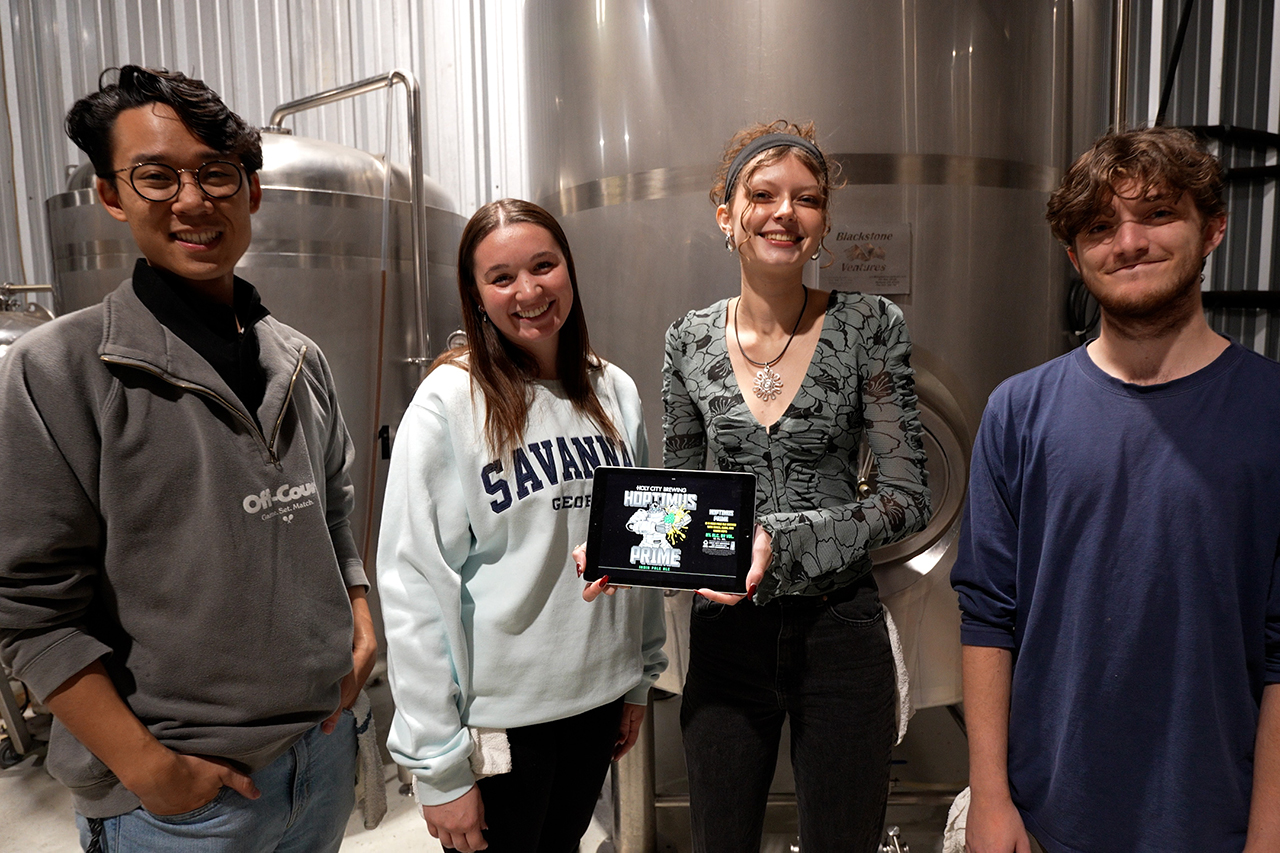What We Do
Preserving, Managing & Sustaining At-Risk Spaces
The members of the Center come from a variety of disciplines and approaches, creating a dynamic that allows for the intersection of methods, perspectives, and connections with researchers and partners at the regional, state, national, and global level.
Synergy
The Center holds competencies in areas such as coastal geomorphology, historical landscape use, geospatial modeling, landscape archaeology, preservation, prehistoric and historic archaeology (American Southeast, Caribbean, Mediterranean), and remote sensing.
These competencies extend into partnerships and engagements with individuals and organizations from the local to international level, focusing on such issues as human and environmental histories, landscape reconstruction, resiliency, and the preservation, management, and sustainable development of at-risk spaces.
Research
The areas of initial focus for CHiL—semitropical estuaries and Mediterranean microclimates—provide a laboratory to explore the interplay between climatic/weather fluctuations and human societies over time.
This focus upon long-term historical interactions is essential for meeting the needs of 21st-century coastal communities, which are often beset by seemingly competing needs for economic development and environmental and cultural preservation. Recommendations for addressing the needs of sustainable development must be informed by scientific recommendations that are not only consistent with current best practices but are also sustainable in light of the historical record.
The combination of these coastal conditions provides the Center with cross-comparative and cross-cultural expertise in historical landscapes that span several millennia of human activity in multiple contexts, useful for implementing informed, responsible, and sustainable solutions to pressing needs of today’s society.
Current activities
- The Spatial History of Charleston: A Community Deep Map of Charleston, SC
- Archaeology at Stono: Changing Landscapes along the Stono River
- The Avkat Archaeological Project: Resiliency and Change in the Eastern Mediterranean
- Nemours Plantation, Cultural Resources Inventory
- Excavations at 63 1/2 Coming Street: Exploring Antebellum and Reconstruction Era Charleston
- Historical Maps and Plats of the Carolina Lowcountry
- Feeding Constantinople: Modeling the Logistics of Consumption in Late Antiquity
- Modeling Movement in Culturally-Informed Landscapes
- Historic Rice Fields in the Carolina Lowcountry: Identification, Preservation, and Conservation
Related Events

dec
18
Accessibility in MS Word and MS PowerPoint Documents
Related News

Alum Named a Rhodes Scholarship Finalist

AI and Arts Education: How Technology is Transforming Classroom Creativity

Students Learn the Chemistry of Brewing Beer

